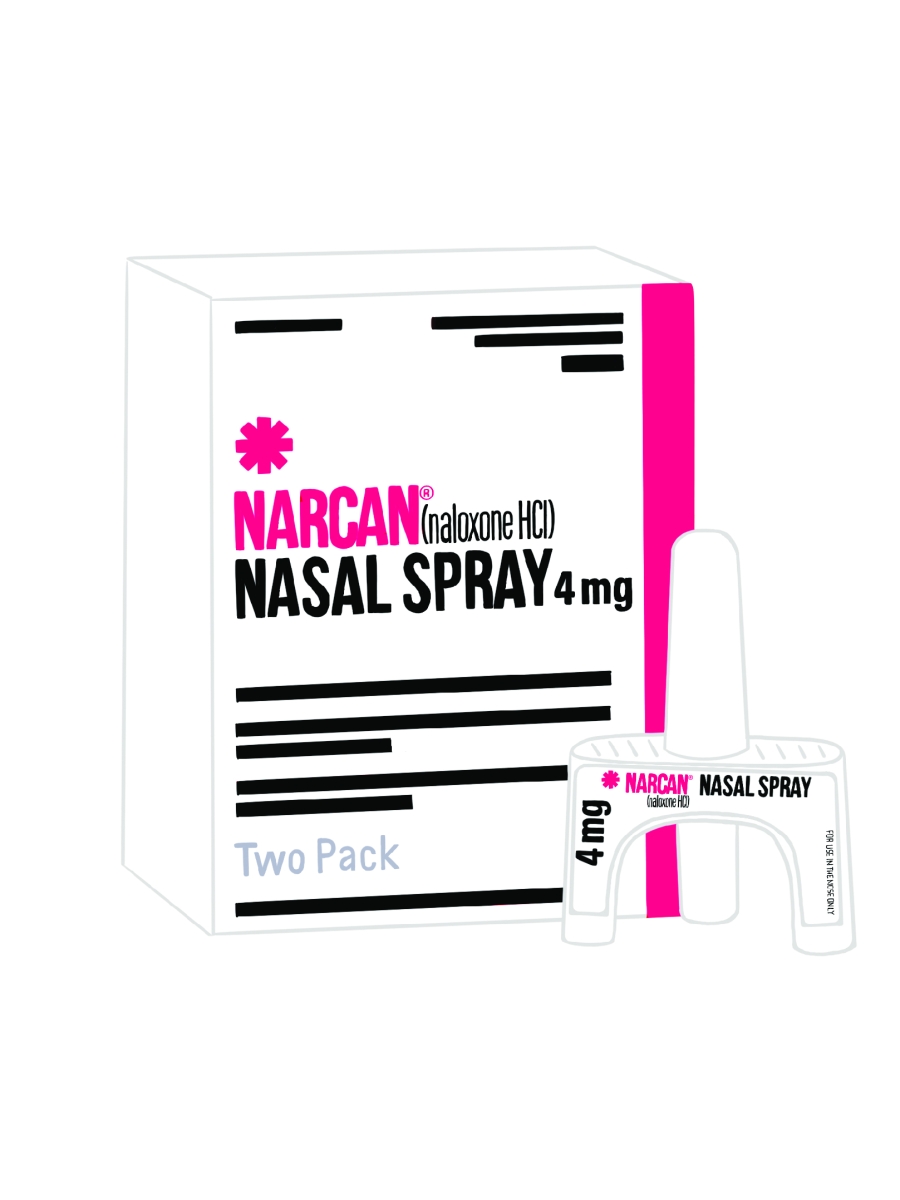This spring, the United States Food and Drug Administration approved the first prescription naloxone nasal spray — a product more commonly known under its brand name, Narcan. The life-saving drug is used to reverse opioid overdoses and has generated excitement throughout the country amid a rise in opioid overdose deaths.
In the past two years in the US, teen overdose deaths linked to opioids have tripled, according to Santa Clara County Behavioral Health Services. Additionally, there have been 639 overdose deaths in the past five years in Santa Clara County, 416 of which involved fentanyl, an opioid 100 times stronger than morphine. A fatal overdose of fentanyl can be caused by only a few grains. While many students don’t actively seek out fentanyl, their lives can be endangered when other drugs, such as marijuana or cocaine, are laced with it.
We urge the Palo Alto Unified School District to embrace student education on opioid use by providing training on how to use Narcan.
On Palo Alto High School’s campus, students can access Narcan in the library hallway.
“It [Narcan] should be able to be accessed in all classrooms because you never know when someone will overdose,” sophomore
Sophie Oshige said. “You never know when you need to save a life.”
To use Narcan, training is recommended by health professionals. Rosemarie Dowell, the district’s Health and Services Coordi-
nator, agrees that student Narcan training would provide increased protection from student drug overdoses.
“The more people that are aware, observe and act more quickly … will save more lives,” Dowell said.
Narcan is a small pre-packaged nasal spray that can be easily carried around. According to the Prescription Drug Abuse Policy System, all 50 states and the District of Columbia have enacted legislation that “encourages its use by individuals in a position to assist a person experiencing a drug overdose.”
Verde commends PAUSD’s implementation of staff training for Narcan in March after receiving Narcan kits from Santa Clara County and adopting a policy to have Narcan on campus.
“It [the training] went really well,” Dowell said. “There was definitely over 100 [participants] … from all school sites,” Dowell said that teaching students to administer Narcan is important because it could help to mitigate drug-related injuries or deaths.
“We would prefer that people [students] don’t use drugs,” Dowell said. “[You] don’t know what you’re getting when you’re getting stuff [drugs] from other people, or on the streets, or strangers, even friends sometimes … knowing how to use Narcan can save lives, and that’s just huge.”
“According to Dowell, while the district has some interest in establishing a student Narcan training program, the best way to implement it is unclear.
With possible Narcan training for students in discussion, Dowell said that the training would highlight the risks of drug use, especially drugs from an unknown source, and more importantly how students can talk to friends about the risks of drug use.
“You may not personally be doing drugs, [but] you may know somebody who’s doing drugs,” Dowell said, “How you approach that and try to support them to not do that, to keep them safe [is important].”
For the sake of student safety, PAUSD needs to take action to educate the entire Paly community about the dangers of opioids and how to prevent overdoses, not just staff.





